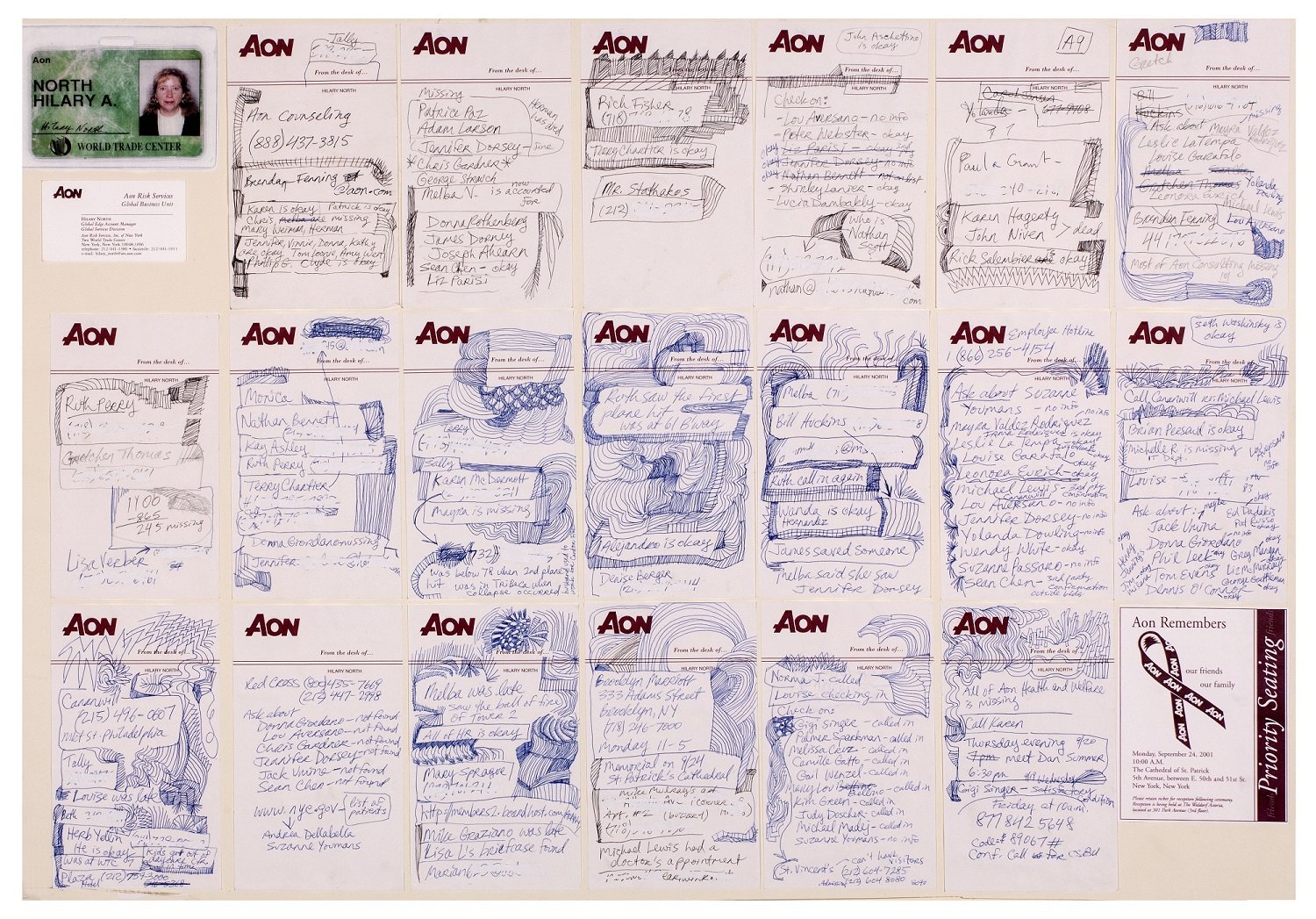Background
On the morning of September 11, 2001, four commercial US airplanes were hijacked in flight. The 19 hijackers, later identified as members of the terrorist group al Qaeda, were on a suicide mission. They flew two of the planes into the twin towers of the World Trade Center in New York City, just as people were starting their work day. The north tower was hit at 8:46 a.m. The second plane hit the south tower at 9:03 a.m.
At 9:37 a.m., the third plane hit the Pentagon, headquarters of the US Department of Defense, located just outside Washington, DC. At 9:59 a.m., the south tower of the World Trade Center collapsed. Minutes later, at 10:03 a.m., the fourth plane crashed in Pennsylvania. Passengers had learned from cell phone conversations that the nation was under attack and had stormed the hijackers. The target of the fourth plane was either the White House or the US Capitol. At 10:28 a.m., the north tower of the World Trade Center collapsed.
September 11, 2001, was the first time the United States had been directly attacked since the War of 1812. The bombing of Pearl Harbor, a military target, brought the United States into World War II. But Hawaii was a territory in 1941, not located on the mainland and not yet a state. Nearly 3,000 people died on 9/11, including passengers on the planes, people who were in the buildings, first responders, and the hijackers.
About the Document
Hilary North worked at Aon Risk Services, an insurance agency whose offices were in the south tower of the World Trade Center. September 11, 2001, was primary election day in New York and Hilary arrived at work later than usual because she went to vote in the morning.
While Hilary was unharmed in the attack because of her late arrival to work, many of her colleagues were not. Over the following days, she tried to find out what happened to them. The collage is created from her notes about her colleagues and her search to locate them. She scribbled her notes on Aon company paper. Also included are Hilary’s employee ID badge, business card, and a program from a memorial service held in honor of Aon employees who perished in the attack. Hilary North lost around 60 friends and colleagues. She donated these materials to the New-York Historical Society in 2003.
Vocabulary
- al Qaeda: A militant Islamist organization founded in the late 1980s by Osama bin Laden. Al Qaeda means “the base.” The word “Islamist” refers to groups that advocate violent action in support of Islam, not to the religion of Islam itself.
- collage: A piece of art created by sticking different materials together.
- first responders: People trained to respond to emergencies, including police officers, firefighters, and emergency medical technicians (EMTs).
- hijack: To illegally take control of an airplane or other vehicle.
- Pentagon: The five-sided headquarters of the US Department of Defense.
- terrorist: A person who uses unlawful violence to achieve political aims.
- World Trade Center: A complex of seven buildings in lower Manhattan, opened in 1973. The two tallest buildings, often called the twin towers, were struck by aircraft on 9/11 and collapsed soon after. A newer tower known as One World Trade Center has been built at the site, as well as the National September 11 Memorial & Museum.
Discussion Questions
- How did Hilary North spend her days following the terrorist attacks of September 11, 2011? What does this object reveal about the experiences of survivors of the attacks?
- What do Hilary North’s notes tell you about the victims in the attacks?
- Why do you think Hilary North kept her notes and other items included in the collage? Why would the New-York Historical Society include this object in its collections?
Suggested Activities
- Ask students to discuss this resource with adults. What do they remember about the events of the day and the aftermath?
- Combine this resource with materials about September 11, 2001 from the New-York Historical Society curriculum guide Opening the Oval with David M. Rubinstein: Understanding American Power.
- Consider the political impact of the attacks, including the wars in Afghanistan and Iraq, by pairing this resource with the life story of Barbara Lee.
- Pair this resource with the nurse’s cap from a Filipina immigrant. Both objects were donated to museums by everyday women. Why is it important to preserve and study those objects? What can future generations learn from these artifacts?
- For a larger lesson about the experiences of major historical events on women during this period, combine this resource with the Iranian Hostage Crisis, Teacher in Space, a famous photograph of a disability rights activist, a speech about the nuclear disaster at Three Mile Island, Maxine Waters on the Rodney King verdict and the life stories of Maria Connie Villescas and Rachel Scott and Cassie Bernal.
Themes
AMERICAN IDENTITY AND CITIZENSHIP; AMERICA IN THE WORLD







